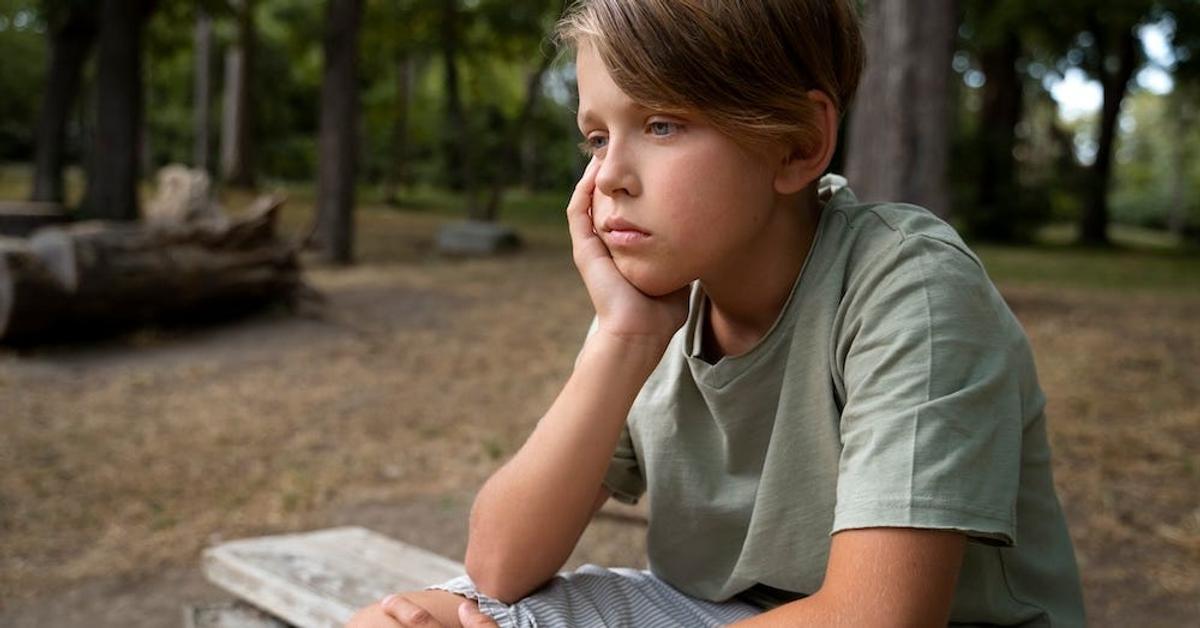Develop Resilience

Use These Ten Sentences to Develop Resilience in Your Kids.
Parenting Toolbox
Resilient families develop their own words and phrases to help each other get through the inevitable tough times that each person experiences.
Children and adults in resilient families tune into each other's needs, choosing situation-specific language rather than regurgitating generalised ‘feel-good’ or ‘get-on-with-it’ platitudes.
The following are 10 examples of the language of resilience, the coping skills each reflects, and the situations in which they are applicable.
1. “Come on, laugh it off.”
Strategy: Humour.
Suitable for: Kids who experience disappointment, failure and loss.
Humour is a great coping strategy as it enhances feelings of control.
Some children and young people will naturally crack jokes or make light of seemingly serious situations. This is a fantastic way to relieve stress and manage feelings of helplessness.
As a parent, you can lighten tense situations by introducing humour, often a father’s strong point.
2. “Don’t let this spoil everything.”
Strategy: Containing thinking.
Suitable for: Children feeling overwhelmed, those experiencing rejection, and perfectionists.
The ability to compartmentalise bad events and prevent them from affecting all areas of life is a high-level resilience skill. Sportspeople, politicians, and others working in the public arena are often skilled in containing their thinking.
It’s excellent for use at school.
For example, when something unpleasant happens during recess, kids can stop thinking about it and get on with the rest of the day. The ability to compartmentalise thinking is a fantastic life skill that kids can learn within their families.
3. “Let’s take a break.”
Strategy: Distraction.
Suitable for: Children experiencing stressful situations, kids who overthink, and kids with busy lives.
When kids are troubled by events or spend too long dwelling on them, it helps to do something to distract them. Playing games, spending time together, watching TV, and going out are all great distractions for worried, anxious, or stressed kids.
Self-distraction is healthy, providing some welcome perspective. It also prevents kids from replaying negative experiences in their heads, blowing them out of proportion.
4. “Who have you spoken to about this?”
Strategy: Seeking help.
Suitable for children who experience bullying and social problems and who experience significant anxiety.
Resilient people seek solace in the company of others when they experience difficulty. Social connection is a strong preventative strategy for children and young people.
Promoting help-seeking behaviours is one of the best coping strategies.
Even if kids don’t overtly talk about what’s bothering them, it can be immensely reassuring to spend time around others who are empathetic, understanding, and willing to listen and help.
5. “I know it looks bad now, but you will get through this.”
Strategy: Offering hope.
Suitable for: Children experiencing loss, bullying, change or extreme disappointment.
There are situations and times when you can only keep your child’s chin up and offer encouragement.
Being the ‘hope’ person is hard emotional work; parents need to be supported by resilient people and workplaces, too.
Research shows that having at least one supportive adult in a child’s life significantly impacts their resilience when difficulties arise.
You may be that person!
6. “What can you learn from this, so it doesn’t happen next time?”
Strategy: Positive reframing.
Suitable for: Kids who make mistakes, let others down or experience personal disappointment.
One of the common attributes of optimistic people is their ability to learn or find a positive message in difficult or negative situations.
Parents can help kids reframe events to help them see things differently.
For instance, rather than regard a public speaking opportunity as problematic and a chance to look foolish, viewing it as a challenge and a chance to shine is better.
It helps when parents model reframing by showing kids how to adopt a positive mindset when seemingly tricky situations arise.
7. “Don’t worry – relax and see what happens!”
Strategy: Acceptance.
Suitable for: Pessimists and worriers.
If you’ve ever been driving to an important event only to be stuck in traffic, you would know that there are some situations you can’t control.
The only way to cope is to accept what’s happening because worrying and fretting won’t get you anywhere.
Similarly, parents can help kids understand what’s worth worrying about and what’s not and that some things won’t change no matter how much kids fret or beat themselves up!
8. “This isn’t the end of the world.”
Strategy: Maintaining perspective.
Suitable for: Children who catastrophise or blow things out of proportion.
While most of us catastrophise at times or jump to the worst possible conclusion, it is a habit that only exaggerates anxiety.
If your child constantly imagines the worst-case scenario, challenge their thinking: “Yes, you might end up not knowing anyone at camp, but you won’t be the only one. Plus, you’ll probably make new friends like you usually do.”
Help kids understand that, although they can’t change events, they can change their perspective and how they approach them.
9. “You could be right. But have you thought about…”
Strategy: Flexible thinking.
Suitable for: Kids who catastrophise, experience extreme feelings, and exaggerate.
Many children and young people talk in extremes – ‘awesome’, ‘the best’, ‘the worst’ and ‘gross’ roll off their tongues easily these days. Unfortunately, their extreme language leads to extreme emotional responses.
Develop the habit of rewinding their language by introducing shades of grey rather than black and white.
- Replace “I’m furious” with “I’m annoyed”.
- “It’s an absolute disaster” with “It’s a pain”.
- “I can’t stand it” with “I don’t like it”.
Realistic language encourages realistic thinking, which assists kids in managing everyday situations that they have exaggerated.
10. “What can we do about this?”
Strategy: Taking action.
Suitable for: kids who mope, experience disappointment, and feel inadequate.
Kids can sometimes feel overwhelmed by constant failure, rejection, or narrowly missing being picked for a team. They may feel inadequacy and helplessness.
Action is often the best remedy. Help them take the first step forward.
- Set some goals.
- Make some plans.
- Identify the first step and hold their hand while they take it.
Taking action is a quality shared by resilient communities, organisations and individuals.

